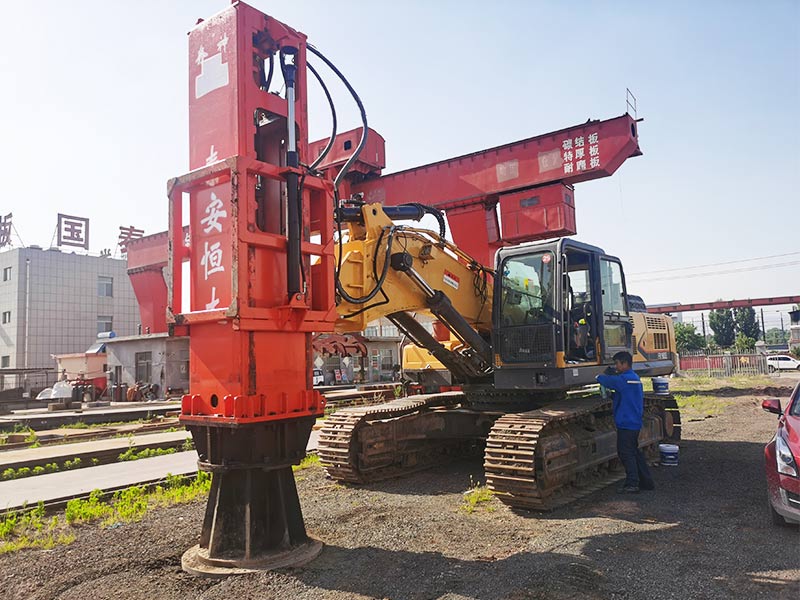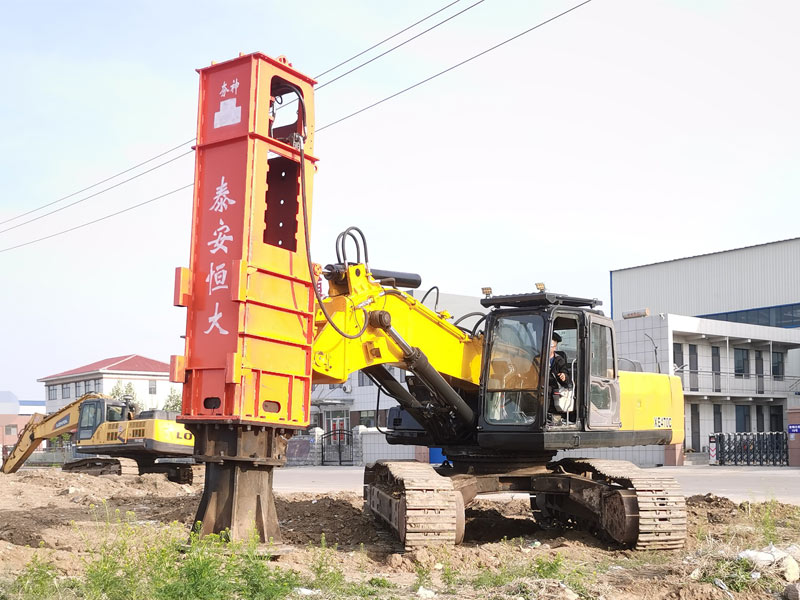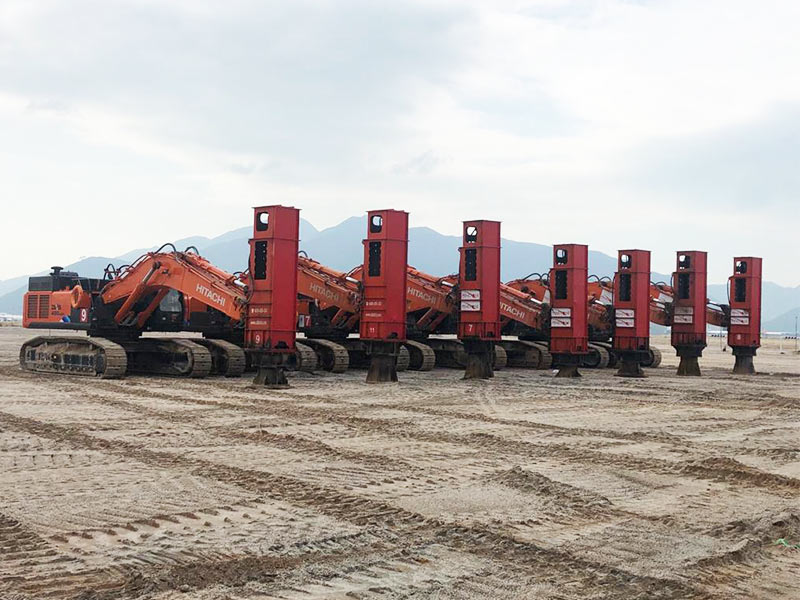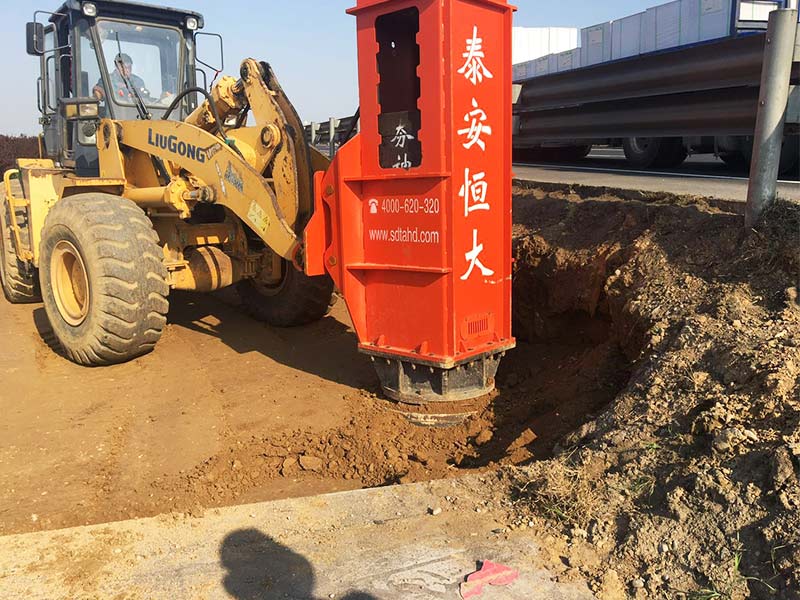What is dynamic compaction? - HENGDA RIC
updatetime:2023-02-15 14:43:51 pageviews:352views
Dynamic compaction is a ground improvement technique that densifies soils and fill materials by using a drop weight. The ground is subjected to repeated surface tamping using a heavy steel and concrete weight. Typically the tamper weighs between 10 and 12 tonnes, dropping in free fall from heights of up to 10 metres.

Rapid Impact Compaction (RIC) is an innovative dynamic compaction device mainly used to compact sandy soils, where silt and clay contents are low. RIC closes the gap between the surface compaction methods (e.g. roller compaction) and the deep compaction methods (e.g. deep dynamic compaction) and permitting a middle-deep improvement of the ground. RIC has been used to treat a range of fills of a generally granular nature and some natural sandy and silty soils.

RIC can be used to improve bearing capacity and reduce liquefaction potential of loose soils. The compaction sequence is designed to work from the outside in, so that compaction of the lower zone soils occurs first followed by compaction of the upper zone. Data monitoring during the compaction process and the online display in the operator’s cab enables compaction control, an economic application of the compaction tool, and a work integrated quality control. The total impact depth of the impact foot, the number of blows, and the final settlement of the impact foot after a blow define the stopping criteria.

This compaction energy brings the soil particles into a more densely packed structure. The compaction energy is transmitted safely and efficiently as the compaction foot remains in contact with the ground. No flying debris occurs during the compaction process. The hammering of the foot by the impact weight is the reason of the sub-soil compaction. Indeed, the huge amount of energy developed upon the hammering process and transmitted to the ground through the foot, pushes the backfilling material into a denser structure.

RIC is an acronym that stands for Rapid Impact Compaction. It involves a machine, an excavator, a 50 tonne excavator, that has a purpose-built attachment that undertakes what is called Rapid Impact Compaction. Its purpose is to, basically compact loose materials in the ground underneath where we are trying to build the road.

In the urban environment, the RIC technique has a number of specific advantages compared to the conventional drop weight dynamic compaction (DC) technique. These can be summarised as follows:
• The dedicated plant used is relatively small, with moderate mobilisation and operating costs compared with conventional drop weight dynamic compaction. Thus, smaller sites may be economically treated. Rigging and de-rigging times are also quite rapid.
• Treatment can be carried out in closer proximity to existing structures and services vulnerable to vibration damage. There is generally no danger from flying debris.
• Discrete, relatively small foundation areas can be treated without compromising production.
• Energy is more efficiently transferred through the compaction foot which remains in contact with the ground. It is important to recognise that those specifying RIC ground treatment understand the nature of the particular treatment process employed and its potential benefits for the ground conditions being considered.

